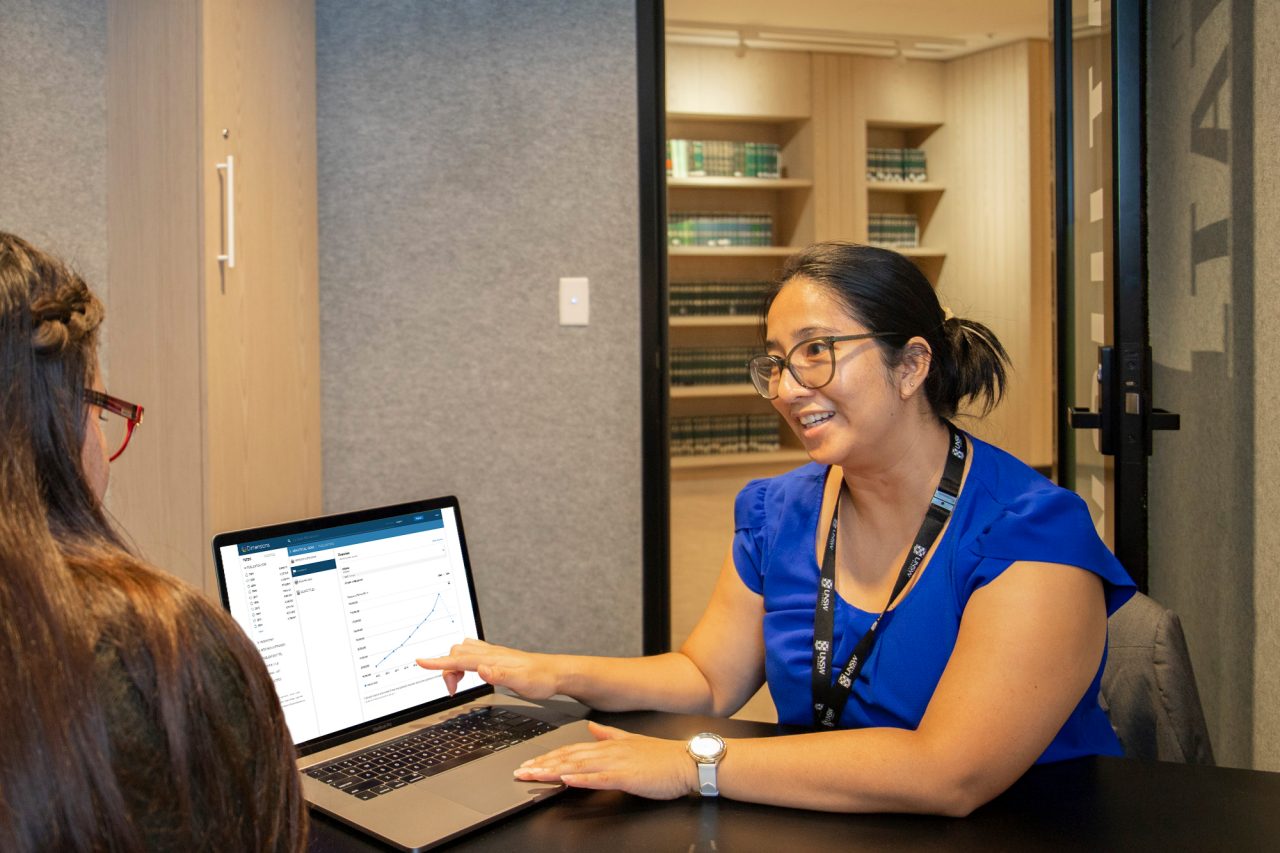
Contact your Outreach Librarian
Need help re-using our resources and services?
Discuss how we can collaborate with you on your course design
Why threshold concepts?
To achieve a more granular understanding of the student experience, the Library applied a threshold concepts approach – a lens to provide insight into the “why” of “troublesome knowledge.” (Blackmore, 2010).
These threshold concepts were originally developed in 2010 and have continued to underpin innovations in service delivery.
Threshold concepts
The Library's five threshold concepts - academic rules, pattern perception, time/outcome ratio, play + exploration and systemic thinking "represent a transformed way of understanding or interpreting, or viewing something without which the learner cannot progress." (Meyer and Land, 2003)
Academic rulesStudents will develop an understanding of how the pursuit of research, education and scholarship creates a unique culture that forms the foundations of the principles of academia. This includes UNSW frameworks surrounding behavioural and academic expectations, and accountability to broader external frameworks. Students experiencing culture-shock are supported by a range of services to assist them in navigating their role in the UNSW community and the wider academy. |
 |
Pattern perceptionIn a library context, “pattern perception” involves identifying common elements in a resource as a way of understanding larger research processes. It is a process of stepping back and reflecting, looking past the content of the resource and instead analysing broader patterns such as purpose, author/creator and resource type. Understanding these key ideas gives students the tools to critically decipher new and unfamiliar resources. For example, by noticing common features in both a library catalogue and in databases, students can understand how those characteristics apply to the search process as a whole. |
|
Time/outcome ratioStudents will develop an understanding that time is a resource to be strategically invested. Investing time into understanding information tools and developing effective information discovery and management strategies will result in long-term accumulated benefits. This includes easy re-use of information and how to manage newly discovered information, resources and tools. There will be a shift from inefficient information seeking behaviour to independently engaging in effective information seeking processes. |
 |
Play + explorationRather than learning one right way to engage with information, students develop information engagement skills by exploration, trial and error and by taking advantage of serendipitous occurrences. |
 |
Systemic thinkingSystemic thinking enables students to understand the complexity of the interconnected information environments they interact with. Systemic thinking enhances the ability to recognise particular information needs and to choose and utilise appropriate sources. For example:
|
 |